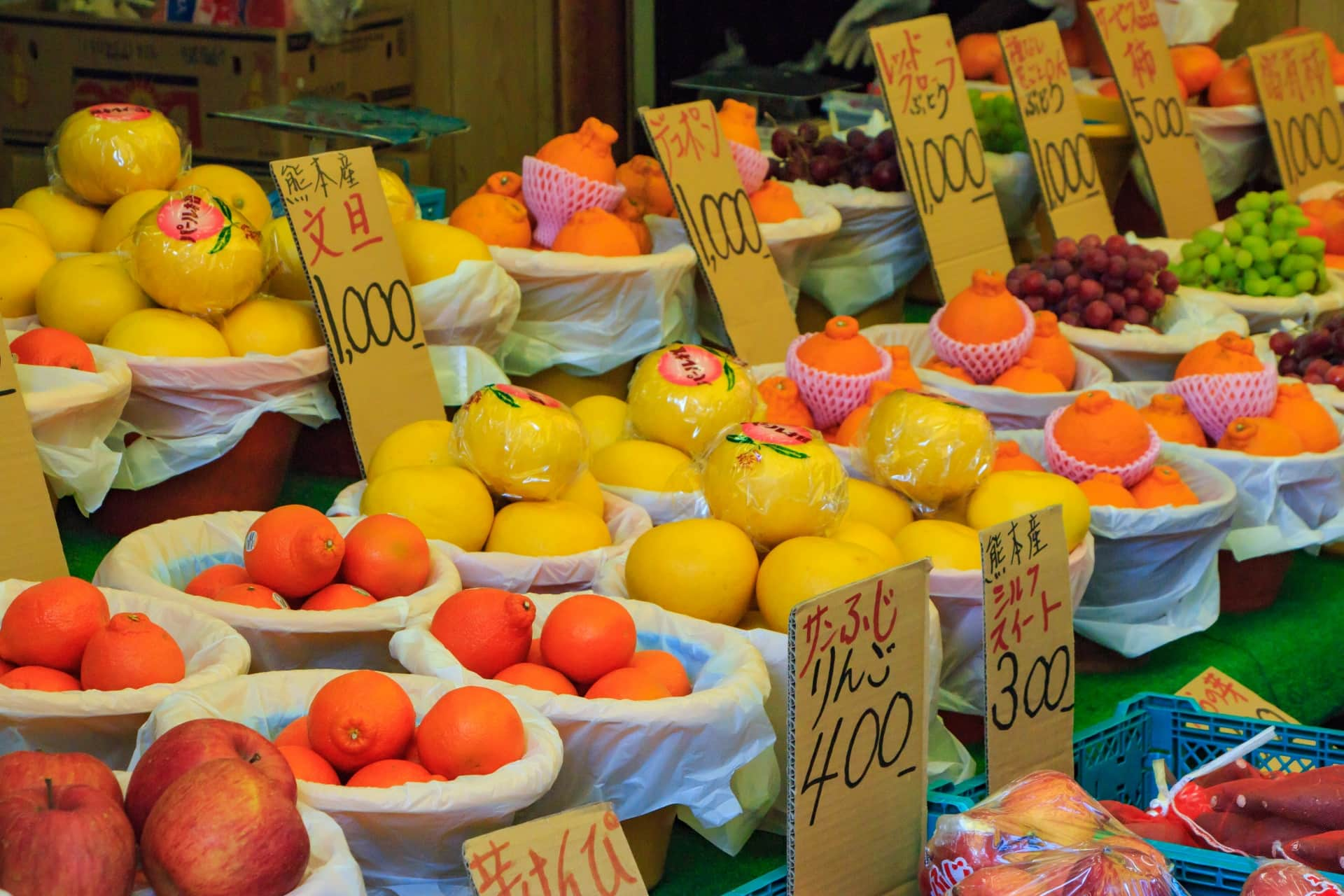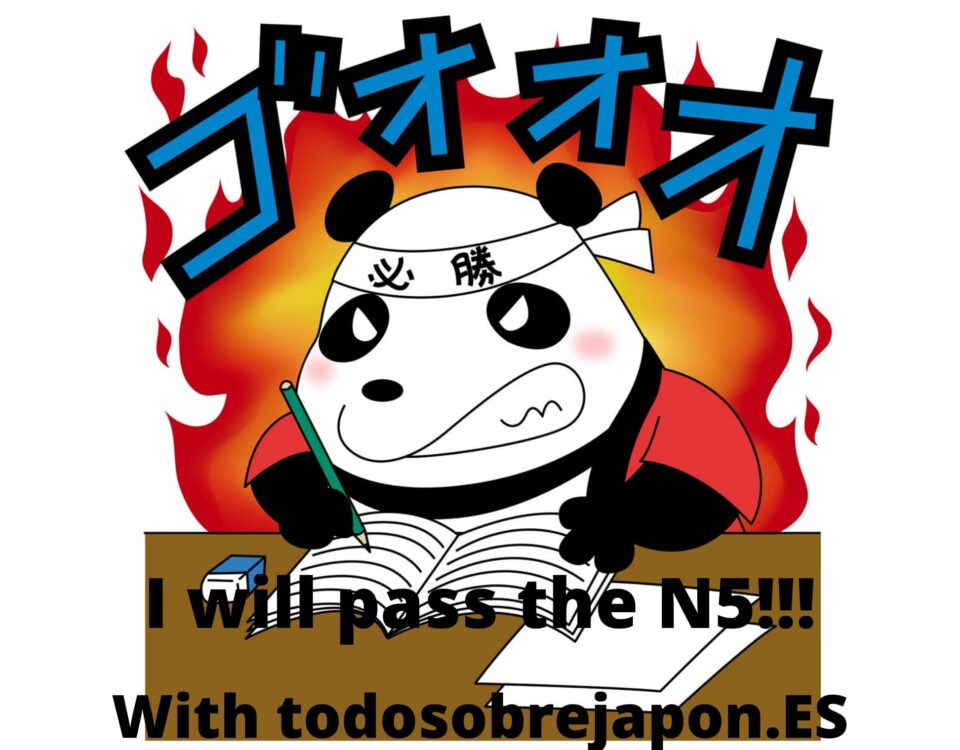In this article we will see many things, typical Japanese fruits, a table of how they are said in Japanese, fruits by prefecture, exercises…everything about fruits in Japan.
LUXURY FRUITS (EXPENSIVE IN JAPAN?)
You will find that Japanese fruit is quite expensive. This is because many fruits are imported, especially fruits that are common in tropical regions such as バナナ (banana), パパイヤ (papaya), マンゴー (mango), etc.
The most popular Japanese fruit produced in Japan is the Fuji apple.
Most Fuji apples are grown in 青森県 (aomori ken – Aomori Prefecture), which produces more than 50% of the apples in Japan. Fuji apples are not only popular in Japan, but are also gaining popularity around the world.
You may have noticed in the news (if you follow Japanese news) that some pretty smart Japanese farmers found a method to grow watermelons that are square in shape. And they can be sold higher in price than normal ones.
THEN, WHY ARE FRUITS IN JAPAN SO EXPENSIVE?
The price of Japanese fruit is explained by the characteristics of its territory. Its particular orography (where mountains and coastline predominate, as you already know) allows only 15% of its surface to be cultivated, and most of this is dedicated to the cultivation of cereals and vegetables.
TYPICAL JAPANESE FRUITS AND RARE JAPANESE FRUITS
Ringo (apple) Japanese fruit
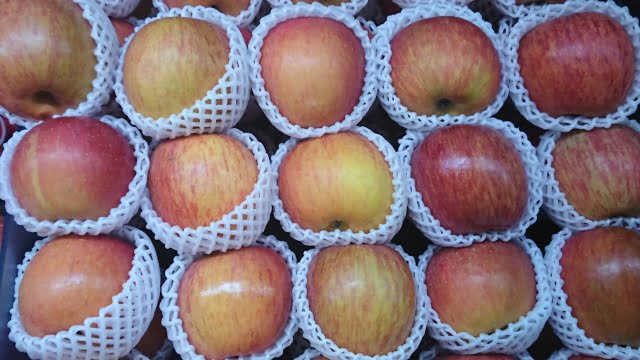
Apple. The most consumed variety in Japan is Fuji, as mentioned above.
They are sweet, crunchy and keep extremely well, according to the Japanese (it is said that they can keep for up to a year in the refrigerator).
Fuji apples are grown mainly in Aomori Prefecture, and in Hirosaki City you can visit the “Hirosaki apple park” where there are 1,300 apple trees with more than 60 varieties and visitors can participate in the picking experience.
If you want to enjoy a Japanese activity with ringo click here.
Ume (Japanese plums / apricots)
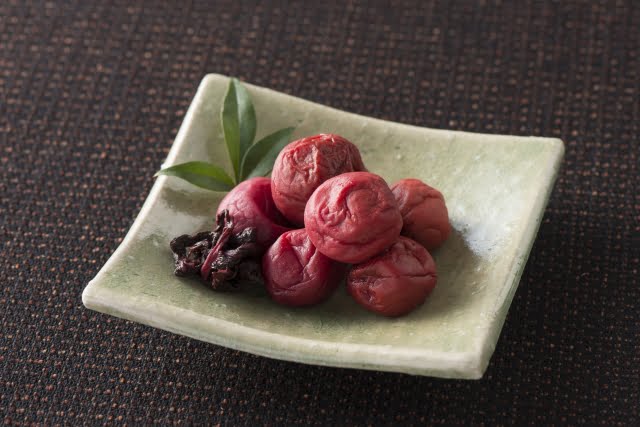
Although they are called Japanese plums, botanically they are actually a variety of apricot.
Their season is initially in early summer. Rarely eaten raw, they are usually eaten pickled (umeboshi) accompanied with white rice.
They are also used to make beverages such as umeshu. The best quality fruits come from Wakayama Prefecture. Umeboshi belongs to the basic elements of macrobiotics and is attributed with many medicinal properties.
Usada en los FAMOSOS BENTO BOX (mira aquí todas las variedades de bento) te sorprenderá cuántas llevan fruta.
Nashi (Japanese pear) and yonashi Japanese fruit
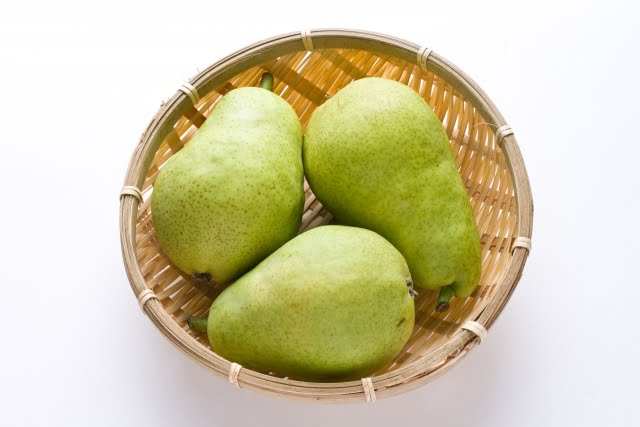
Japanese pear. It is larger than our Spanish pears and has a round shape.
They are crunchy and their flavor is mild and very sweet. They are usually eaten without the skin but could be eaten unpeeled, with the skin.
This fruit is originally from China and began to be cultivated in Japan at the end of the Edo period. They are usually eaten on special occasions or offered as a gift. Their season starts in late summer. Western” pears are also found in Japan and are called “yonashi”.
Yuzu (Japanese fruit)
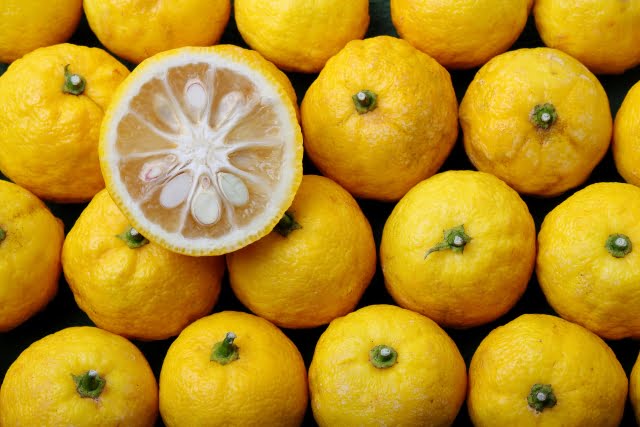
It has an acid taste, a mixture of tangerine, lemon and grapefruit. It often has a diameter between 5 cm and 10 cm. Its fragrance is strong and quite fresh.
The rind is thick and rough. Underneath it, the flesh is little or rather scarce, divided into 9 or 10 segments, but quite juicy and full of huge, cream-colored, inedible seeds. It is a major component in the preparation of many sauces, condiments and beverages, such as umeshu or yuzu koshu. It is a winter fruit.
Kaki (Japanese fruit)
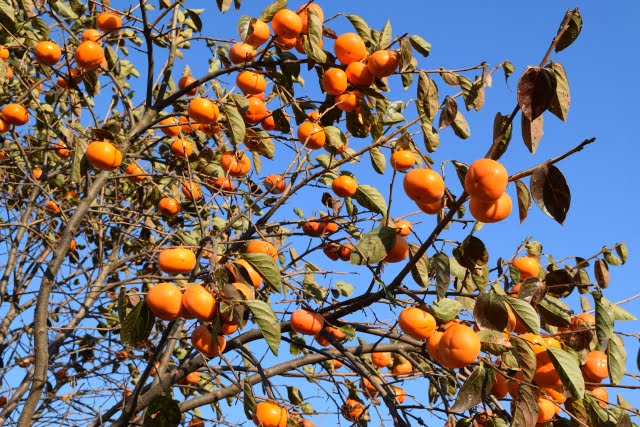
It is one of the favorite autumn fruits of the Japanese. They are peeled and eaten cut, like apples or dried like figs (in this case it is called hoshigaki). The persimmon season is in autumn and winter. This fruit was brought from China and has been cultivated in Japan since the 7th century. They have a lot of fiber, Vitamin A, B and more vitamin C than lemons and oranges!
Momo (Japanese peach)
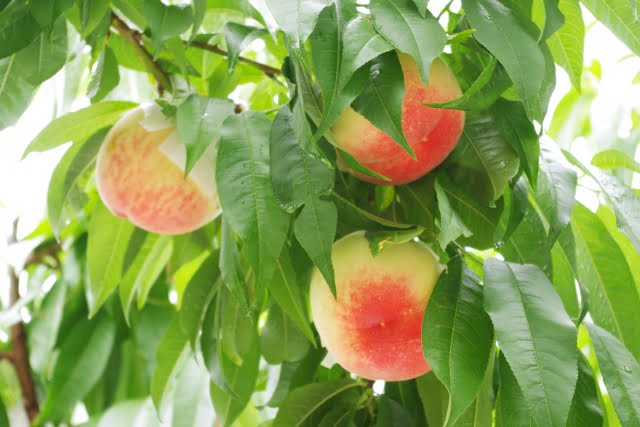
Peach. It is a very appreciated Japanese fruit. They are very huge, round, white fleshed and quite juicy. They are usually eaten peeled and cut. This fruit is grown for the luxury fruit market and also for regular consumption. Its season is in summer. They were introduced from China during the Yayoi period (300 BC to 300 AD). The main producers are in Yamanashi and Fukushima prefectures.
Sakuranbo (Japanese cherry)
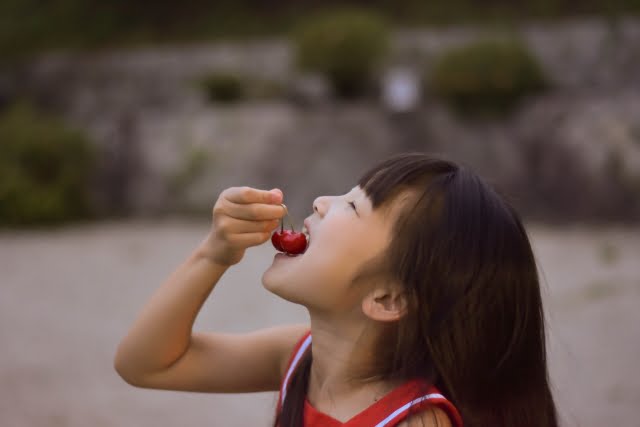
Cherries. Although Japan is a cherry paradise, curiously, few of these trees bear edible fruit.
Only the Satonishiki variety produces small red cherries and has been cultivated in Japan since the 19th century. Its season is in early summer and production is concentrated in Yamagata prefecture.
Mikan (Japanese citrus)
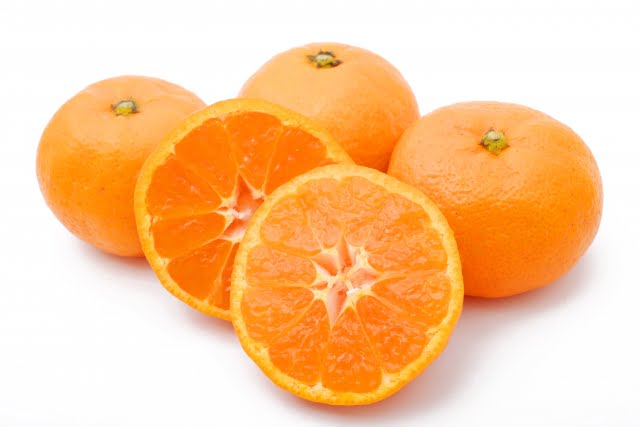
Japanese citrus. It is a similar mixture between mandarin and orange.
Its skin is very easy to peel and has no seeds. It was introduced from China more than 400 years ago. Its season is from October to January. The largest producers of Mikan in Japan are Ehime and Wakayama prefectures.
Kinkan / kumquat (Japanese fruit)
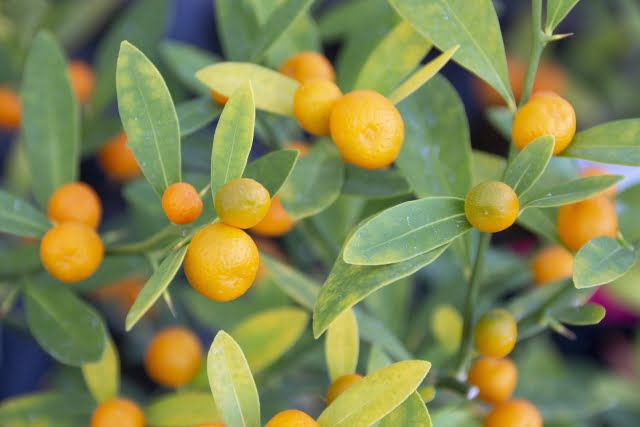
It is a fruit that looks like a dwarf orange and is also known as kumquat.
It is eaten with skin and in one bite. Its season is from November to February.
It originated in China and currently the largest producers of kinkan in Japan are on the island of Kyushu, mainly in Miyazaki Prefecture.
Ichijiku (Japanese fruit)
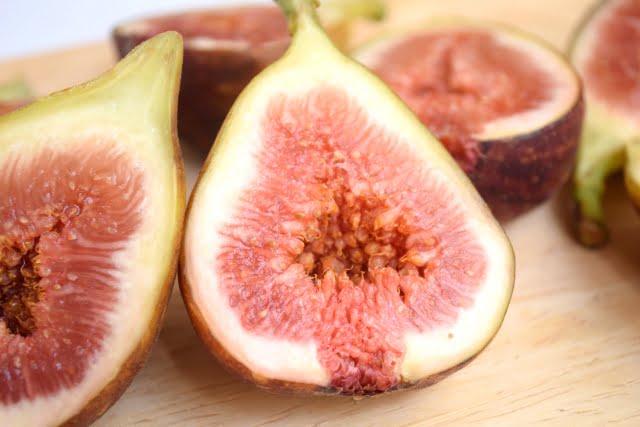
Figs. They are usually eaten peeled and raw or left to dry.
The fig season starts at the end of summer. They were introduced from China around 1600.
The most abundant variety in Japan is called Masui Dauphine. It was named after Mr. Masui who started the cultivation of this variety of figs of considerable size and good flavor, in the 19th century.
Melón (Japanese fruit)
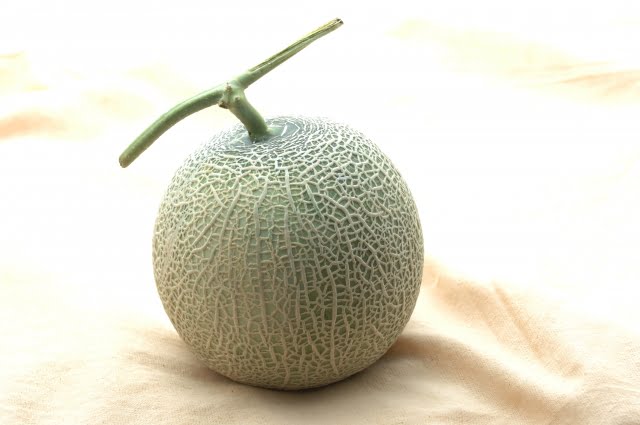
It is another of the most appreciated fruits in Japan and many desserts and sweets are made with its flavor (ice cream, sweet bread…).
The most widely consumed varieties are Musk (green flesh) and Cantaloupe (more orange flesh, although there are also varieties with whiter or yellower flesh).
They have an overpriced market but are also grown for popular use, but are still much more expensive than our melons.
Suika (Japanese fruit)
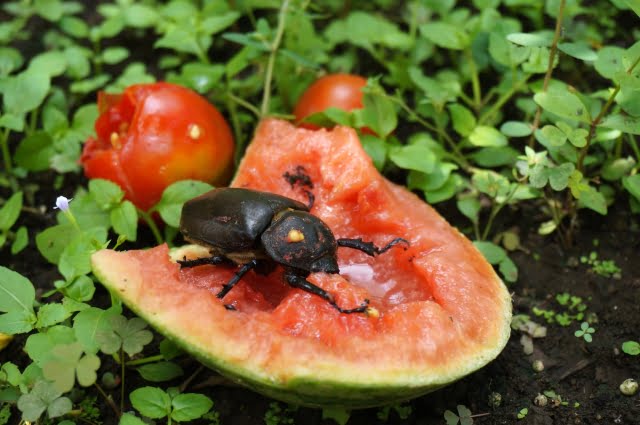
Watermelon. As in the case of melon, there is a market for luxury watermelons at very high prices and watermelons are also grown at more popular prices.
It is a summer fruit, round with a very hard rind, crunchy, sweet and juicy inside. The first seedless watermelons were created in Japan in the 1930s.
KUDAMONOくだもの AND JAPANESE FRUIT LIST
Japanese natives often say, “furūtsu”, which originally came from the English word, “fruit”. But in this article we will talk about “kudamono” and “kajitsu” to refer to Japanese fruit.
Definition and meaning of “kudamono”.
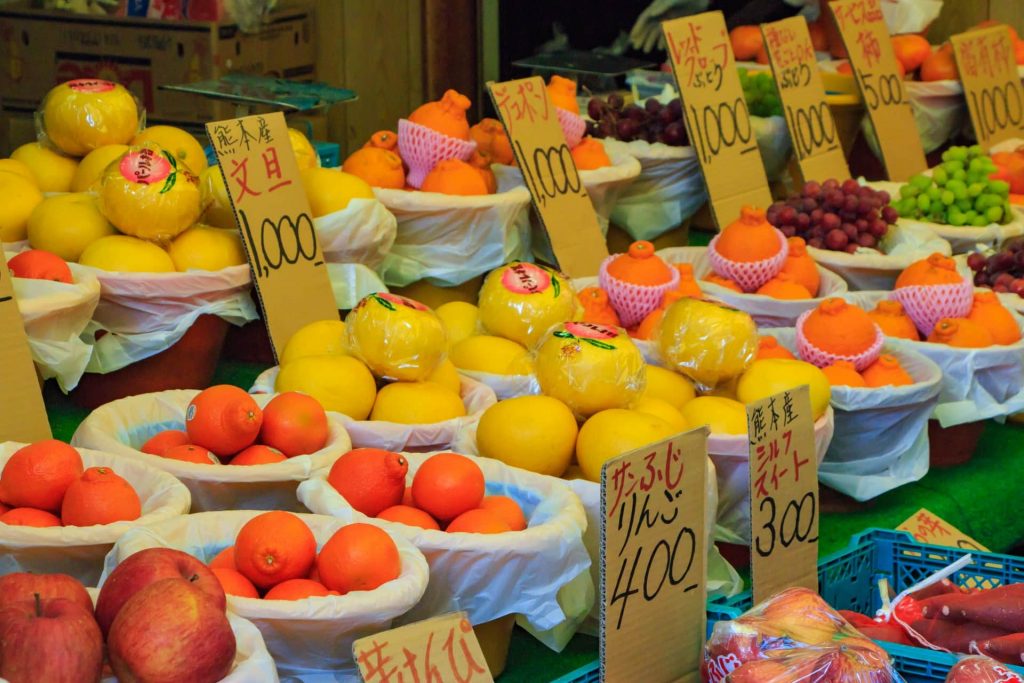
Kudamono – 果物 (くだもの): a noun meaning ‘fruit’ in Japanese. It can also be used as a plural noun meaning ‘fruits’. (Remember native Japanese speakers do not differentiate plural nouns from the singular).
This is a specific word for “fruit”. The Japanese often use this word to refer to something edible that grows on a plant.
Kanji 果物 “kudamono”
The kanji characters used in the word , “kudamono” are shown below.
- 果: a kanji character often used to mean ‘result’, ‘outcome’, ‘end’, or fruit’.
- 物: a kanji character used to mean ‘thing’, ‘matter’, or ‘stuff’ in Japanese. Depending on the other words used together with it, it can also mean ‘something’ or ‘anything’. This kanji character can also be found in other words such as (Tabemono) and (nomimono).
- From these two kanji characters, we can understand that “kudamono” literally means ‘result and thing’. This concept does not seem to be close to the meaning, ‘fruit’. But, we can consider fruit as a result of plant growth.
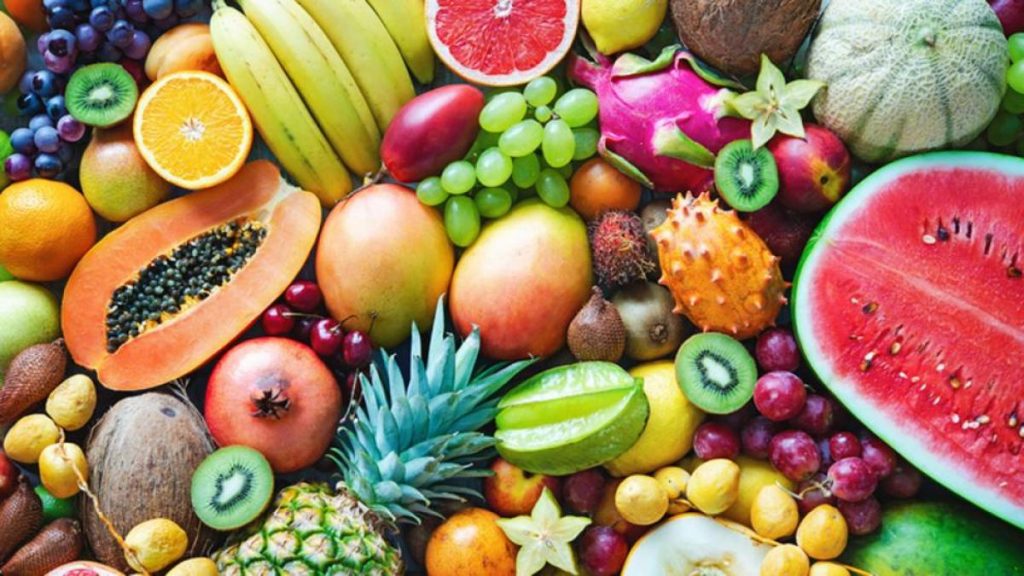
Example: how to say “I like fruit” in Japanese
Watashi wa kudamono ga suki desu – 私は果物が好きです (わたしはくだものがすきです) I like fruit.
Let’s remember how to make a sentence in Japanese
- watashi – 私 (わたし): a pronoun meaning ‘I’ in Japanese.
- wa – は: a linking particle that works as a case maker or subject maker. In the example, it is put after the pronoun, “watashi”, to make the subject word in the sentence.
- ga – が: a case particle used to make the subject word or object word in a sentence. In the example, it is placed after the noun, “kudamono”, to make the subject word in the sentence.
- suki – 好き (すき): a conjugation of the adjective na, “sukina”, which means “favorite” in Japanese. Actually, “suki” is widely used as an individual word meaning “to like”.
Actually, in this example, it has been translated into Spanish as “gustar”. This translation reflects well the original meaning and nuances.
- desu – です: an auxiliary verb put after a noun or adjective to make it polite. In the example, it is put after the conjugated na-adjective, “suki”, to make it sound polite.
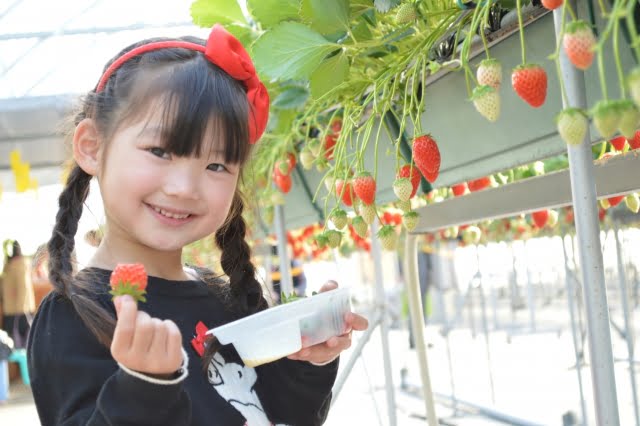
Definition and meanings of “kajitsu” | Japanese fruit
kajitsu – 果実 (かじつ): a noun meaning ‘fruit’, ‘profit’, or ‘benefit’ in Japanese.
“Kajitsu” is similar to “kudamono.”
“kajitsu” is not a specific word for ‘fruit’. It can also mean ‘gain’, It focuses more on a good result of something. Even when used to mean ‘fruit’, it does not necessarily mean something edible that grows on a plant. It means fruit as a result of plant growth in general.
Kanji for “kajitsu”
- 果: It is a kanji character often used to mean ‘result’, ‘gain’, or fruit’.
- 実: a kanji character often used to express the act of growth or maturation.
From these two kanji characters, we can understand that “kajitsu” literally means a grown result. For plant growth, it can mean fruit. For other processes, it means their results in general.
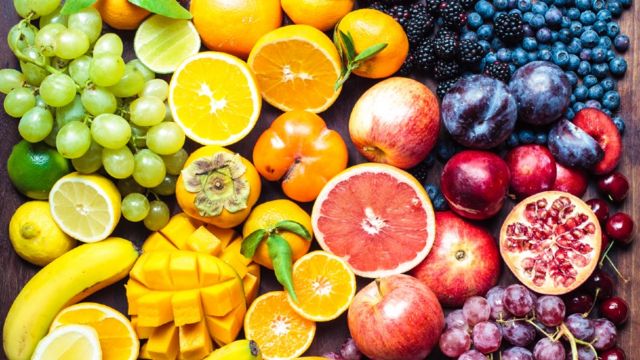
Example: how to use “kajitsu” | Japanese Fruits
Kore ga keizai hatten no kajitsu desu これが経済発展の果実です (これがけいざいはってんのかじつです) This is the fruit of economic development.
Uses of particles in a Japanese sentence
- kore – これ: a demonstrative pronoun meaning ‘it’ in Japanese. It can be used to refer to something close to the speaker.
- ga – が: the same as explained in the last example. In this example, it is placed after the pronoun, “kore”, to make the subject word in the sentence.
- keizai – 経済 (けいざい): a noun meaning ‘economy’ in Japanese. In Japanese, nouns can be connected to make a new, longer noun. Usually, a preceding noun describes the following noun. In the example, “keizai” describes the following noun, “hatten”. It functions as a modifier.
- hatten – 発展 (はってん): a noun meaning ‘development’ in Japanese.
- desu – です: the same as explained in the last example. In this example, it is put after the noun, “keizai hatten”, to make it sound polite.
LIST OF JAPANESE FRUITS (IN JAPANESE) | Japanese Fruits
Ahora pasemos a las frutas en japonés, y averigüemos como se escribe la fruta japonesa y su kanji en japonés
| Japanese fruit and its writing | English |
| Kudamonoくだもの | fruits |
| Anzu / Apurikotto あんず / アプリコット | apricot |
| Sakuranboさくらんぼ | cherry |
| Meronメロン | melon |
| Remon レモン | lemon |
| Raimuライム | lime |
| Raichiライチ | lychee |
| Mangōマンゴー | handle |
| Orenjiオレンジ | orange |
| Painappuruパイナップル | pineapple |
| Ichigoいちご | strawberry |
| Jakkufurūtsuジャックフルーツ | jack fruit |
| Gūzuberīグーズベリー | currants |
| Burakkuberīブラックベリー | blackberry |
| Burūberīブルーベリー | blueberry |
| Masukumeronマスクメロン | cantaloupe |
| Ichijikuいちじく | fig |
| Gurēpufurūtsuグレープフルーツ | grapefruit |
| Pinkugurēpufurūtsuピンクグレープフルーツ | grapefruit |
| Budōブドウ | grapes |
| Nekutarinネクタリン | nectarine |
| Passhonfurūtsuパッションフルーツ | passion fruit |
| Momoもも | peach |
| Sumomoすもも | plums |
| razuberii | raspberry |
| suika | watermelon |
| Papaiyaパパイヤ | papaya |
| Guabaグアバ | guava |
| Nashiナシ pera japonesa (yoo nashi /yonashi) pera occidental | Japanese pear |
| Zakuroザクロ | grenade |
| Kuriクリ | chestnut |
| Kurementainクレメンタイン | clementine |
| Natsumeyashiナツメヤシ | dates |
| Kiuiキウイ | kiwi |
| Abokado アボカド | avocado |
| Kākiカーキ | khaki |
| Mikanみかん | tangerine |
| Kokonattsu ココナッツ | coconut |
| Ringoりんご | apple |
| Bananaバナナ | banana |
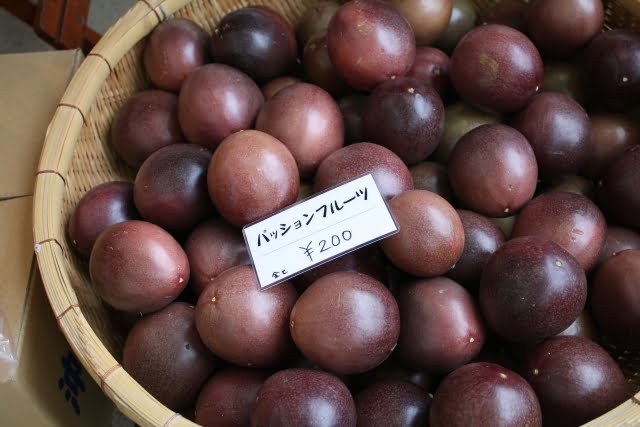
HOW TO SAY TASTES IN JAPANESE
- 甘い – amai – sweet
- 辛い – karai – spicy
- 苦い – nigai – bitter
- 塩辛い – shiokarai– salty
HOW TO SAY FRUIT SHOP IN JAPANESE
果物屋 Kudamono-ya (Greengrocer)
USEFUL PHRASES WITH TYPICAL JAPANESE FRUITS AND EXOTIC FRUITS
- Sono josei wa ringo o kajitte iru. その女性はりんごをかじっている。The woman bites into an apple.
- momo to suraisu shita momo 桃とスライスした. peach and a sliced peach
- marugoto ikko no mangō to suraisu mangō 丸ごと一個のマンゴーとスライスマンゴー whole mango and mango slices
- Puramu wa, nama demo kōrasete mo, kanzume ni shite mo, kansō sasete purūn ni shite mo, taberareru. プラムは、生でも、凍らせても、缶詰にしても、乾燥させてプルーンにしても、食べられる。Plums can be eaten fresh, frozen, canned or dried into prunes.
- burūberī yōguruto ブルーベリーヨーグルトblueberry yogurt
- Sakuranbo ga tabetai desu. さくらんぼが食べたいです。I want to eat cherries.
FRUIT PRINTING EXERCISES N5
I leave you an easy exercise, in pdf of the fruits for you to relate or write in the box the name of the fruits, it has several pages.
INTERACTIVE JAPANESE FRUIT EXERCISES
As always we will put interactive exercises on what we talk about in this case fruits in Japanese, so you can practice.
EXERCISE ON JAPANESE FRUIT
Drag the word in Hiragana or Katakana to its respective fruit.
EXERCISE WITH FRUITS AND ANIMALS IN JAPANESE, JAPANESE PRONUNCIATION, JAPANESE AUDITORY DISCRIMINATION
Choose whether it is large or small, according to the audio and choose the correct image.
*We have already seen this before in the article on animals, so before doing the exercise it is a good idea to review the lesson.
LESSON OF ANIMALS AND SIZES IN JAPANESE
REVIEW EXERCISE ON FLAVORS IN JAPANESE
Match the flavor with each picture



